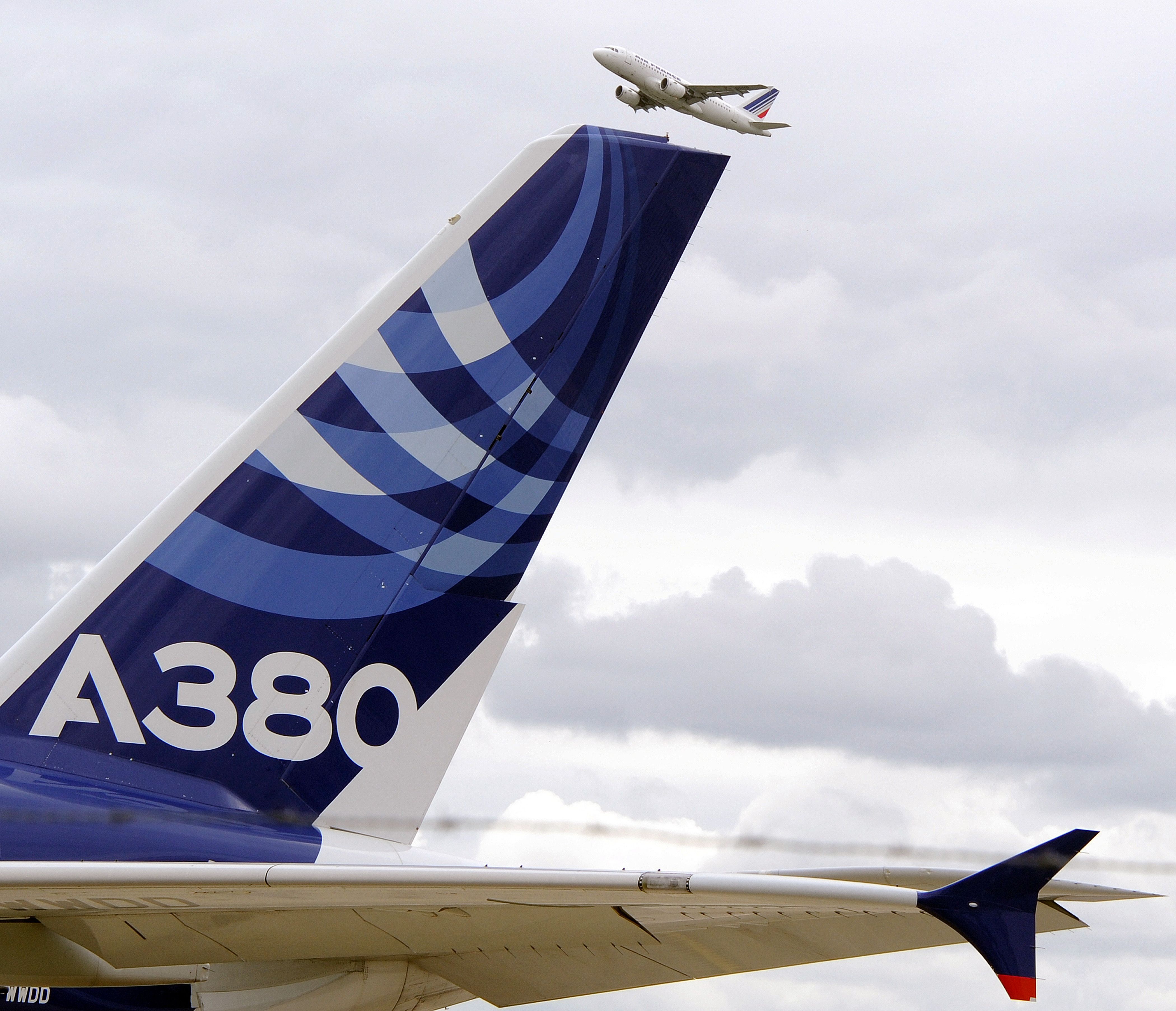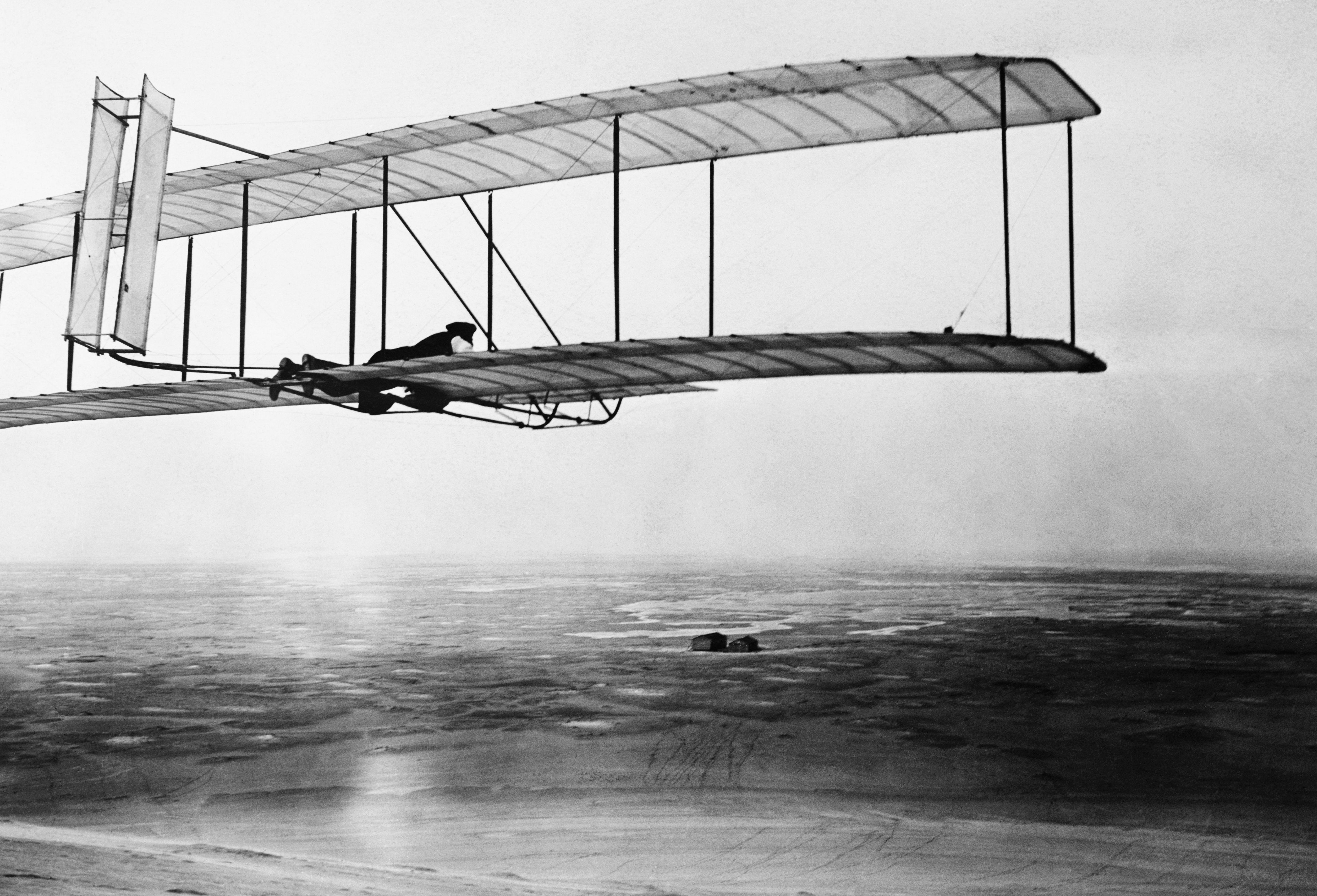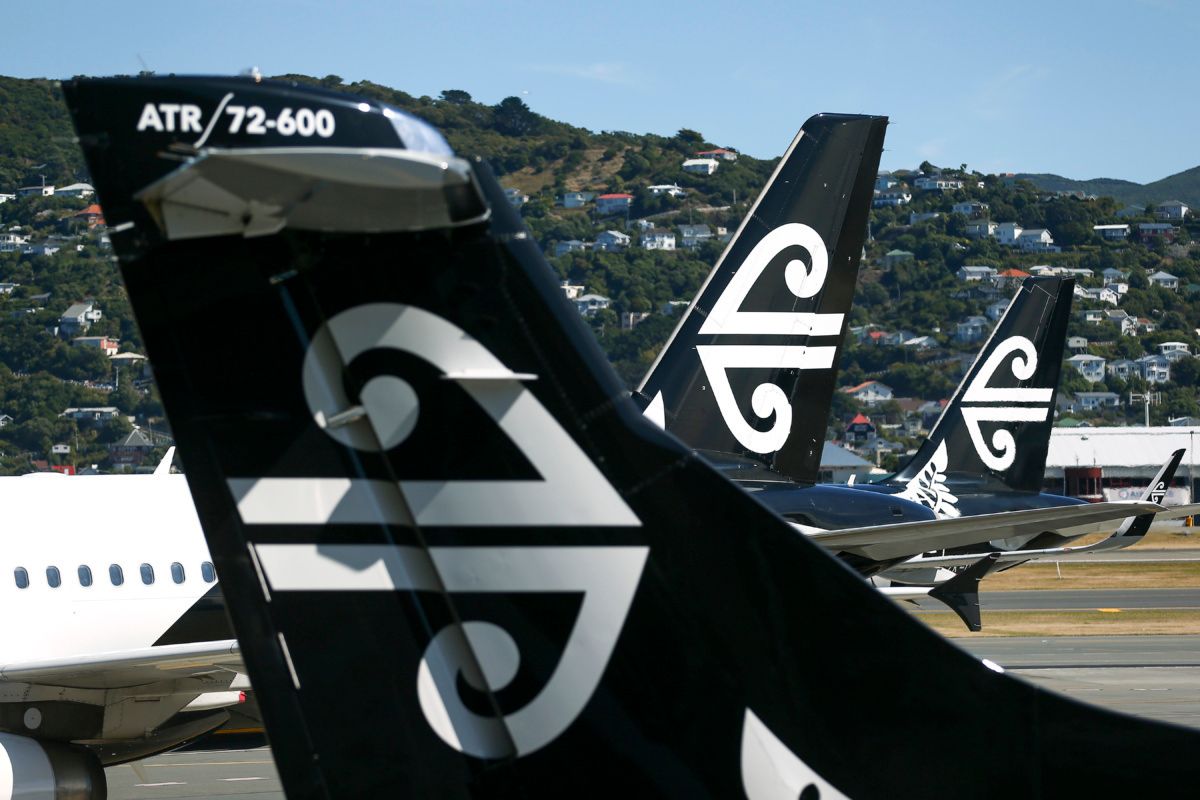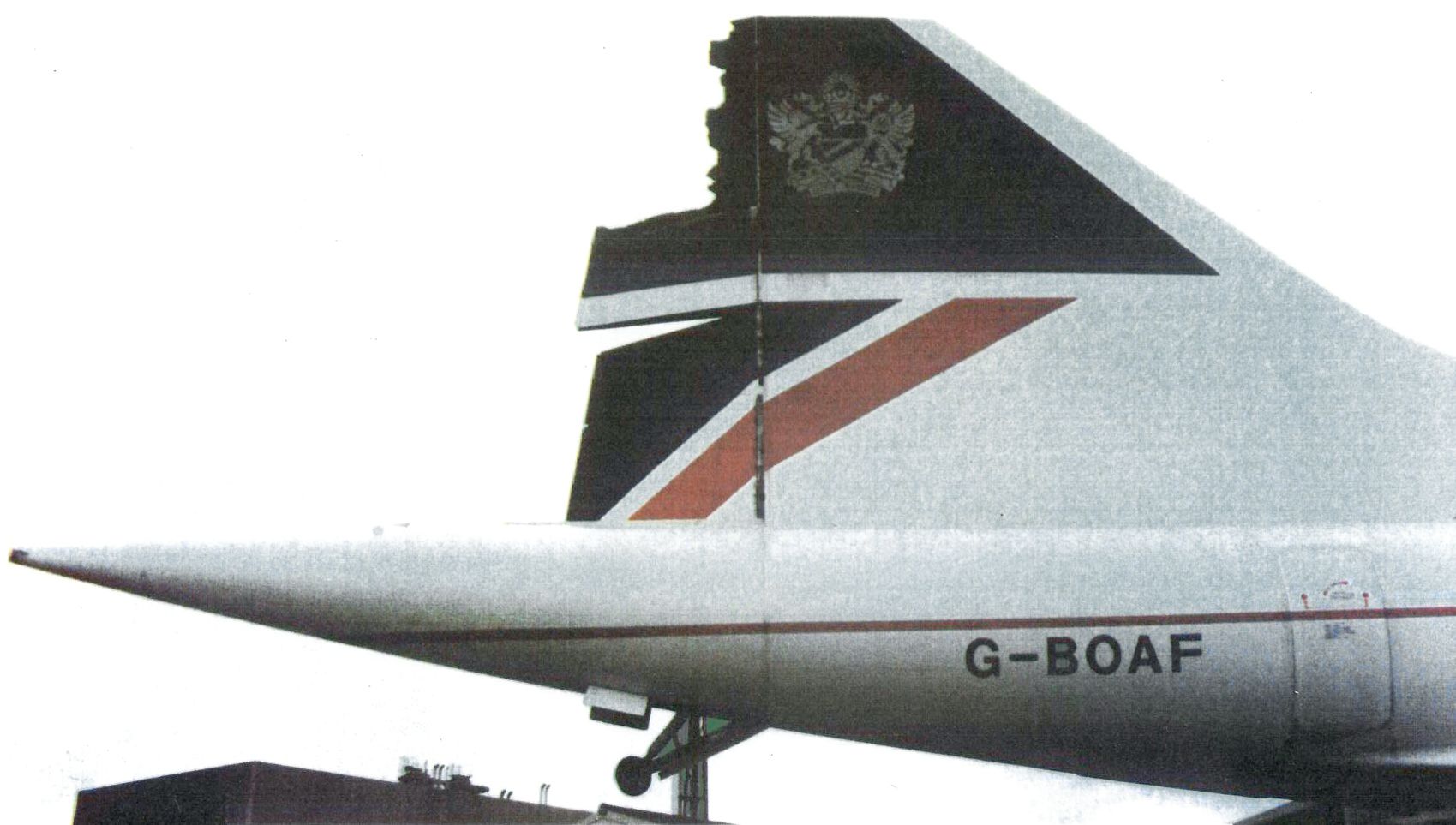A plane's rudder can be the most misunderstood control on the aircraft, and has the potential to be used when it need not be. For this reason, we thought we would take a look at what the rudder does, and when it should be used.
Early history
When designers first started drawing up airplanes' plans, they knew that they needed to develop something to make the plane turn left or right. They solved this by introducing a rudder similar to what was used to steer boats. At the time, most designs focused on making flat turns, rather than the banking that we know today.
This was something that Alberto Santos Dumont picked up on after seeing a Wright Brothers demonstration flight. So enthralled by what he had seen, the pioneer praised how the Americans banked the plane to allow it to turn. As such, the rudder was now thought of as a trimming device, rather than a critical control surface. Simply put, the rudder is there to control the yaw (rotation around the vertical axis).
Get the latest aviation news straight to your inbox: Sign up for our newsletters today.
Compensating for crosswinds
A pilot will use both ailerons and rudder inputs together to turn an aircraft during flight, with the ailerons imparting roll and the rudder imparting yaw. While the rudder alone would cause the aircraft to turn, it is much more efficient if ailerons are used in conjunction. Using the rudder at low speeds could cause the aircraft to spin unexpectedly, which is very dangerous when flying at low altitudes.
When landing in challenging crosswind conditions, pilots will use the rudder and ailerons in opposite directions to keep the plane's fuselage in line with the runway. This maneuver, called a 'slip,' can also be used to rapidly reduce an aircraft's altitude by creating drag. You may have seen the spectacular landings this results in.
Keeping the plane straight
Most modern multi-engined aircraft have their engines are positioned on the wings. On such planes, pilots can also use the rudder to compensate for the yaw effect of having one engine not producing enough thrust, or in the event of an engine failure. However, as noted above, the rudder is most often used to align the aircraft during takeoff and landing with the runway during crosswinds.
Want answers to more key questions in aviation? Check out the rest of our guides here!
While taxiing and during the initial takeoff, pilots typically steer their aircraft by using a careful combination of the nosewheel and the rudder. Of course, at very low speeds while on the ground, the rudder is not needed. However, the importance of his component comes into play when the speed picks up to help prevent yaw.
Powered by hydraulics
On your own personal travels over the years, you may have noticed that an aircraft's rudder typically tends to point to the right or left when it is parked at the gate. The reason for this is that, unlike small private aircraft that work the rudder by moving the pedals, jet aircraft rely on hydraulics to move all of the control surfaces.
As such, once the plane's power is off, and the hydraulics are not working, the rudder will turn to whichever direction the wind is blowing. Once the engines power up and hydraulics return, the rudder will move to a neutral position.
Accidents and incidents involving the rudder
Over the years, certain aircraft have been caught in rather sticky situations involving their rudders. For example, as seen in the photograph above, a British Airways Concorde lost part of its rudder while flying from Christchurch to Sydney in 1989. However, the supersonic jet was able to land safely, and the damaged component was, in fact, only noticed once the aircraft was on the ground in Australia.
However, a more serious and tragic rudder-related occurrence befell American Airlines flight 587 in November 2001. This disaster involved an Airbus A300, which crashed in Queens shortly after taking off from New York JFK Airport. The aircraft came down as a result of overuse of the rudder in response to wake turbulence from a Boeing 747, with lateral forces causing the tail to fall off.




